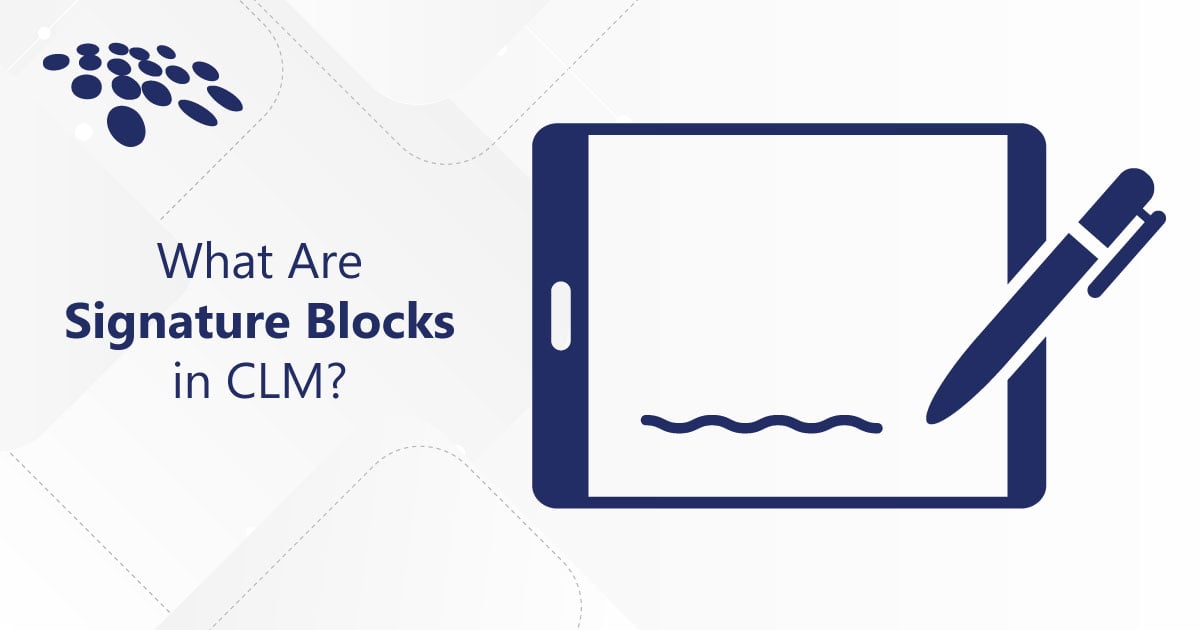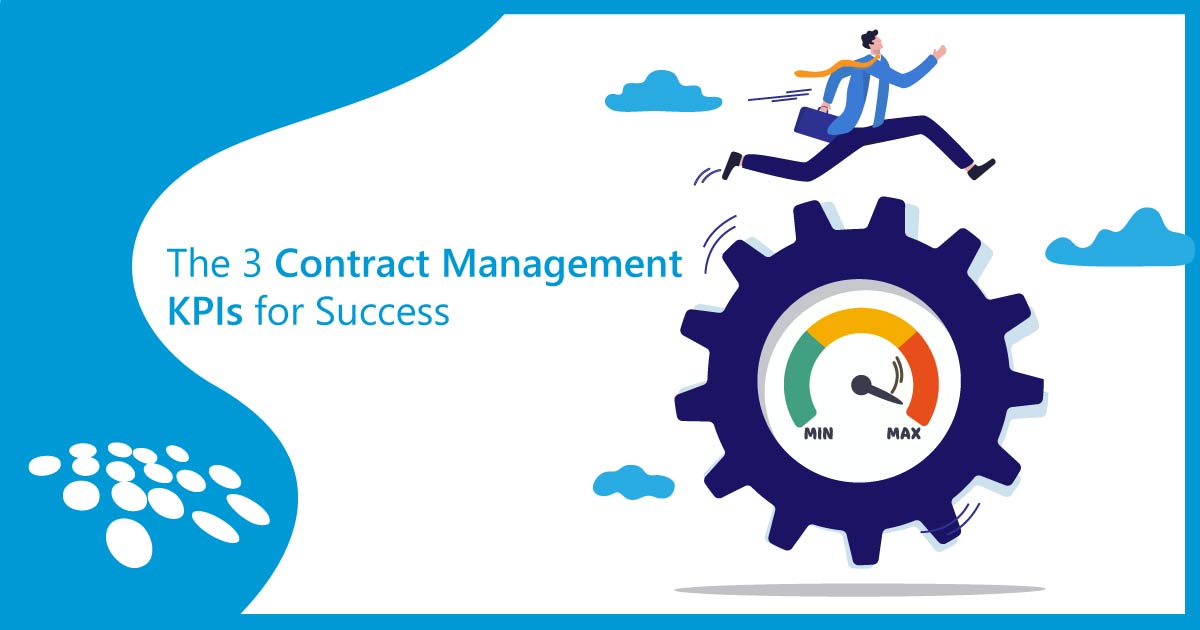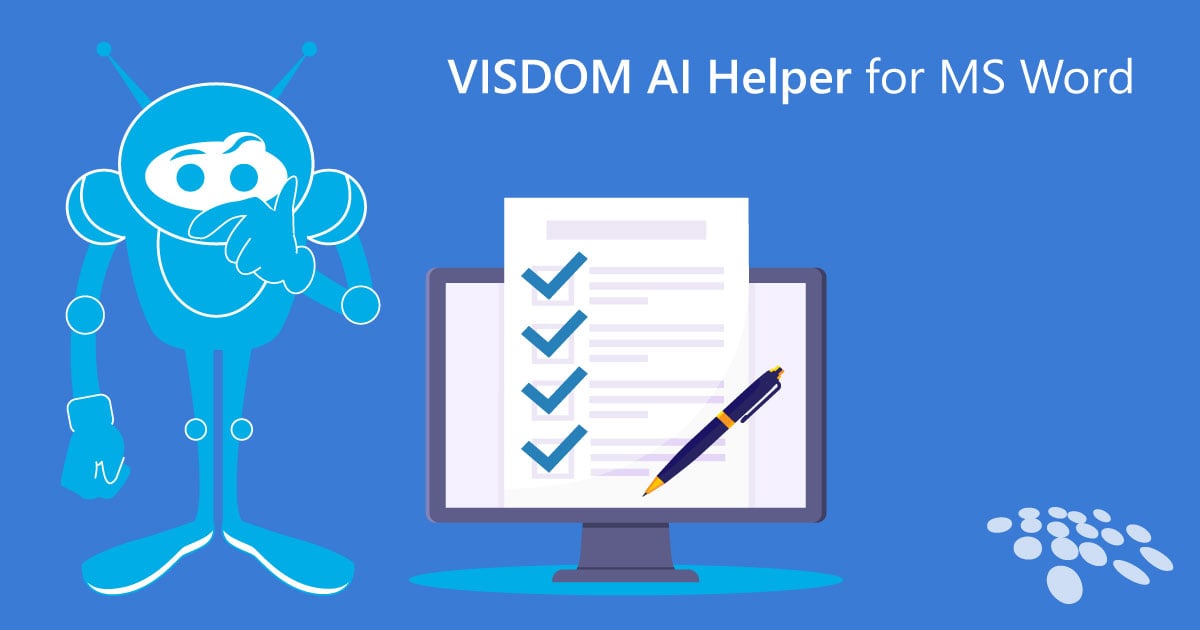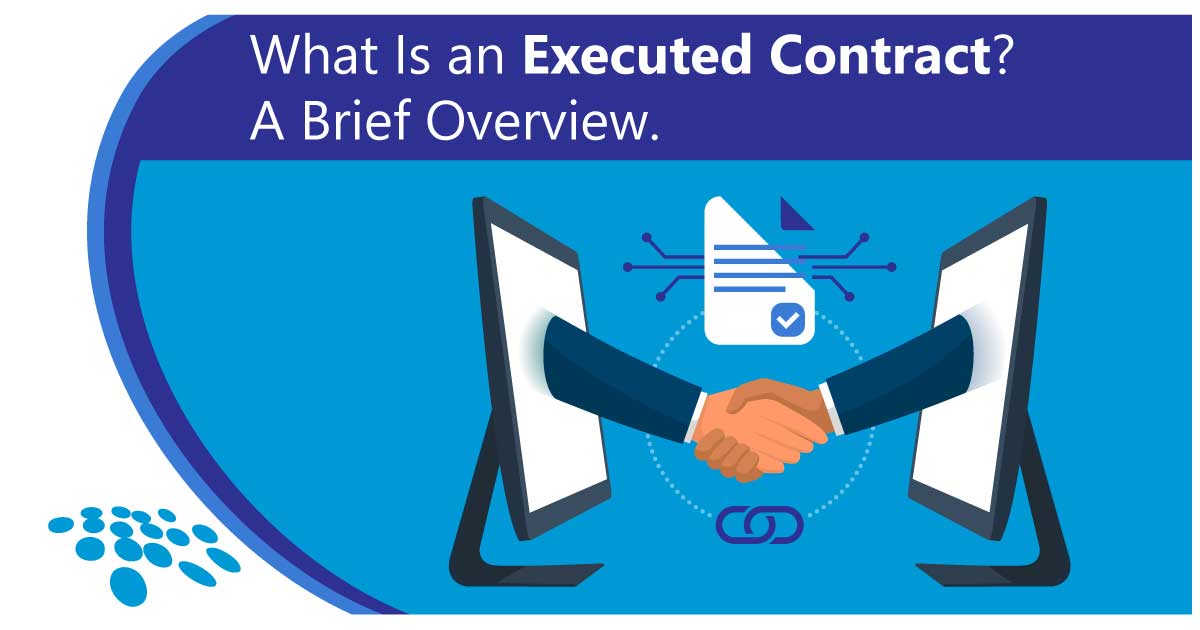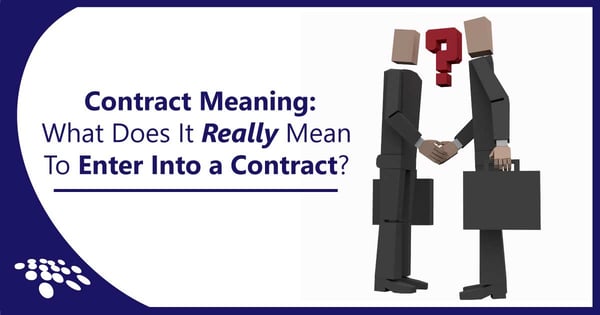
We hear about contracts all the time. They power business relationships across sectors, industries, and nations. Individuals, businesses, and societies at large use contracts to fulfill wishes and needs. Contracts keep our world moving.
But what does contract mean really? Read on to find out about the meaning of contracts, and contract definitions (types of contracts and legal agreements).
Contract Meaning
A contract is an agreement between parties – two or more – to perform (or not perform) an action or set of actions. A contract is enforceable by law - an aspect of contracts meaning they are legally binding.
A Contract’s Basic Elements
A valid contract has a few basic elements that power it from creation to being an executed contract. These elements of a contract are:
- Offer and Acceptance (These Two – Together – Are Known as “Mutual Assent”)
- Acknowledgement of Mutuality and Contract Obligations
- Contractual Consideration
- Legal Capacity of Parties
- Legality of the Contract
Contract offer and acceptance dictate that the exchange within an agreement - or the meaning of contract ramifications - is clearly understood by all parties. One party makes an offer and the other accepts. A counteroffer may be made before acceptance but – if not – contract meaning and terms are accepted.
Contract signatures – typically electronic signatures – power contract execution. Conditional acceptance shows interest in a contract's meaning and intent – but only if certain additional conditions are agreed upon.
Acknowledgment of mutuality and obligations dictates that parties agree to be legally bound by a contract. The parties are aware that they are consenting to enter into a legally binding agreement. What does contract mean without this mutuality? Nothing; a one-sided agreement that never comes to fruition.
Contractual consideration dictates the understanding of a “quid pro quo” (Latin for “what for what”). Essentially, something of value must be exchanged for something of value. This consideration should be lawful and comprehensible per a contract's meaning and intent.
The legal capacity of involved parties dictates that parties are legally able to enter into a contract - considering the meaning of contract terms and conditions as they are understood. The parameters for capacity are that:
- parties are of sound mind to understand contract meaning and purpose.
- parties are qualified to enter into a contract by law.
- parties are at least of legal age.
The legality of a contract dictates that a contract cannot be intended to facilitate an illegal enterprise. In the event that it is, the contract would be legally null and void. What does contract mean when null and void? Nothing. Poof. It ceases to exist!
Unjust Enrichment
In the law of contracts, unjust enrichment means that one entity is “enriched” – or benefits – at the expense of another entity. Unjust enrichment is differentiated in that the enrichment is seen as unfair by the law.
The law dictates a course of action to remedy unjust enrichment. The unjustly enriched party has the obligation to make restitution or reimbursement from the party that has suffered the loss(es).
For example, an IT company is hired to fix a company’s computers. After the IT professional has fixed half of the computers, the company terminates the contract prematurely. The company refuses to pay for the services of the computers that have already been fixed. In this case, there is unjust enrichment because the company has benefitted from the work that the IT professional has completed. Meanwhile, the IT professional has not received reimbursement. After all, what does contract mean if not two-sided and fair?
Meaning of Contract of Adhesion
A contract of adhesion – or an adhesion contract – is one of the most common types of agreements we encounter.
An adhesion contract's meaning grants such a disproportionate level of bargaining power between parties that the weaker party has virtually none.
The party with more bargaining power (usually a business enterprise) prepares the contract. The contract is often a uniform template with contract meaning and terms that are essentially non-negotiable. The other party – usually a customer and often an individual – is at the mercy of the party of power.
They can either accept or reject the powerful party’s contract; “Take it or leave it,” if you will. That's the meaning of contract of adhesion and its purpose. The party with weaker bargaining power cannot reasonably negotiate the contract's meaning, terms and conditions.
For example, a landlord and a prospective tenant are considering a lease agreement. The contract here is often a contract of adhesion. Most of the time, the landlord has disproportionate bargaining power because they prepare a uniform contract with virtually non-negotiable terms and contract meaning. The landlord presents this agreement – as it is written – to all prospective tenants.
Much of the time, the agreement presented by the landlord is “take it or leave it.” Any modifications of terms and conditions presented by the potential tenant are often denied. The prospective tenant must either accept the terms as they are – or opt out of the agreement.
Implied Contract Terms
In addition to terms expressly included in an executed contract, contract law dictates the validity of “implied terms.”
Implied terms are “good faith” terms that are enforceable by law – despite not expressly appearing in the terms of a contract. Statutes, industry norms, and operation of law are the birthplaces of good faith implied contractual terms and standards.
For example, a company is buying electronics from a bulk retailer. An implied term is that the company can assume the products will be free of severe defects.
You Know More About Contracts - Now Manage Them!
So now you can answer the question, "What does contract mean?" Now you know more about what it means to enter into a contract. Your business likely manages thousands of these complex agreements. Each one is filled with the components above and more. As such, a better way to manage many contracts is instrumental in the thriving of an organization in any sector.
Luckily, AI-powered contract management software can help. You can make managing legal intake and contract lifecycles significantly easier with the power of contract artificial intelligence.
The solution you need is CobbleStone Contract Insight®.
CobbleStone® is a highly acclaimed, AI-enabled contract lifecycle management platform that supports contract automation throughout the life of a contract. Your team can master each element of a contract and virtually ensure your contracts have favorable terms.
Some of CobbleStone’s key features include:
- its proprietary contract AI engine with machine learning – VISDOM® AI.
- visually engaging dashboards, calendars, and launchpads for enhanced accountability and contract analytics.
- contract workflow automation for optimal task management.
- a native online document editor for powerful contract drafting and negotiations.
- CobbleStone auto-redlining for streamlined collaboration.
- IntelliSign® electronic signatures.
Book a free demo with a CobbleStone expert to see these contract management features and more in action.
Do you want to dive right in? Enjoy a free trial!
*Legal Disclaimer: This article is not legal advice. The content of this article is for educational purposes only. The information on this website may not present the most up-to-date legal information. Readers should contact their attorneys for legal advice regarding any particular legal matter.
This article was updated on July 31st, 2024. It's original publication was November 30th, 2023.










